Disclaimer: This article mentions mature and sexual themes and may not be suitable for younger readers.
For many Archer upper schoolers, it is typical to wake up to a “The Morning” email from The New York Times waiting in their school inbox. Other students may opt for a quick listen to “CNN’s 5 Things” on the bus ride to school. Archer’s Tia Palermo Library currently subscribes, and therefore gives the student body access, to large newspapers including The Wall Street Journal and The Washington Post.
These habits reinforce the beneficial practice of staying informed in our ever-changing society; alongside this, however, residents of cities and towns across America find themselves falling into a special drought — a lack of local news. The rise of “news deserts” refers to the fact that more than one-fifth of the U.S. population — approximately 70 million Americans — live in an area with little or no access to local news, according to Northwestern University’s Medill Local News Initiative.
So, a question arises when considering truth on a smaller scale: How does the lack of accessible local news affect students’ perception of the world? How does this affect communities, the building blocks of our country?
The hard truth is that most local journalism hasn’t adapted to the way American society is changing. The shift to the digital age of news, skyrocketing due to isolation during the COVID-19 pandemic, has worked against smaller print papers without the money or resources to create websites, direct audience traffic and run advertisements.
Even if they manage to go digital, the press is frequently controlled by the big tech that hosts them — technology companies such as Google and Facebook often create algorithms dictating which journalistic content is distributed, taking advertising revenue in the process. This gatekeeping of information especially censors local news outlets from users who rely entirely on social media for news, leaving many citizens uninformed.
A lack of local news has profound effects on a community. Without a trusted account of events, people are prone to misinformation and are unable to follow local events surrounding political campaigns and candidates: Voter turnout tends to fall, and political polarization tends to rise. This decline in the local press also endangers publications focusing on certain racial, gendered or sexual identity groups, silencing minority voices and allowing stories written by white, male-dominated publications to tell the narrative of America.
Local journalism is equally important as national journalism in serving a watchdog role over positions of power. For example, in Memphis, local newsroom MLK50 and ProPublica investigated a nonprofit hospital that was suing their patients for unpaid medical bills, driving them to eliminate the debts of more than 6,500 patients who otherwise would have continued suffering economic abuse.
In Chicago, the Invisible Institute and City Bureau’s two-year investigation revealed how the Chicago police had been delaying missing persons cases, and how insufficient data failed to fix the problem, greatly affecting Chicago’s Black communities. These two stories sparked awareness and activism by revealing the truth behind organizations’ corruptive actions.
Scholastic journalism isn’t always considered in the crisis of news deserts. Yet, the lack of scholastic newsrooms can also cause a surge in misinformation on school campuses. Students’ stories find a forum on school news outlets, helping to build informed communities within those schools. Student publications face unique blockades such as a lack of school funding, decreased readership lost to professional outlets and censorship by the administration.
To highlight the importance of scholastic journalism, we are showcasing in-depth student reporting which shared important truths to school communities. In May 2023, The Oracle’s then Features Editor Lizette Gonzalez (’23) and current Features Editor Maia Alvarez (’24) investigated the lack of food stipends for students on Flexible Tuition, addressing the complexities of administrative budgeting and raising awareness about the issue of student hunger. In December 2023, Harvard Westlake’s newspaper, The Chronicle, highlighted the student perspective on drug culture on campus and its effects on life at school. The Talisman’s Editor-in-Chief Marley Helfer wrote an informed opinion piece about the state of sexual education at Ballard High School, advocating against censorship of the curriculum to prevent STDs and teenage pregnancies.
These student journalists, as well as the local newspapers, were catalysts in uncovering stories unknown by the majority of the student and faculty bodies. If local news deserts, which may soon include school newspapers due to the challenges they face, continue to exterminate local news outlets, students and adults alike will be swimming in a sea of untrustworthy information under institutions with unchecked power.
We encourage our readers to work to spread awareness about stories in the communities you belong to. Research your local newspaper. If it doesn’t exist, advocate to start one. Read about the happenings of the people around you, and as a member of those communities, submit stories for those newspapers to cover.
On The Oracle, community members can submit a letter to the editor to share their opinions with the broader Archer community. Most local papers accept submissions commenting on a wide range of topics, from funding a new sport to criticizing a leader. By supporting the free press’ ability to report on local stories, you can preserve the truth for all communities that make up our country.
This story was originally published on The Oracle on January 19, 2024.



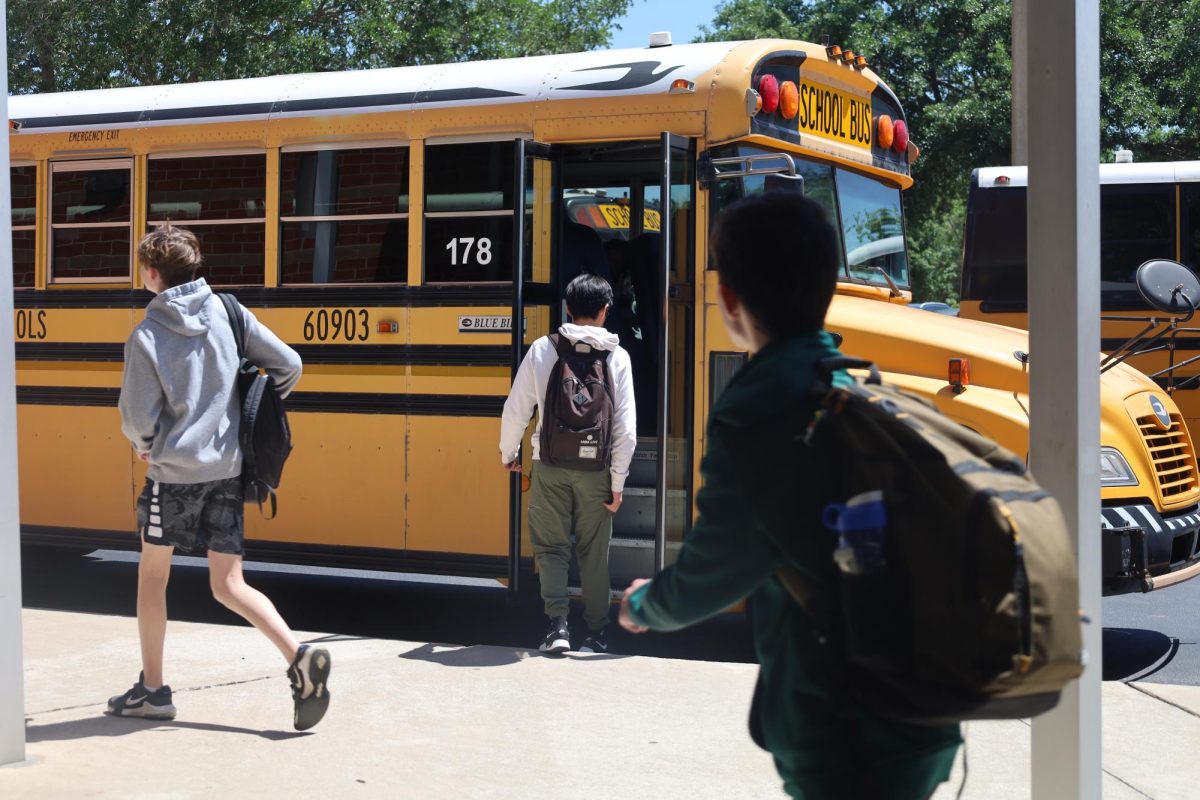



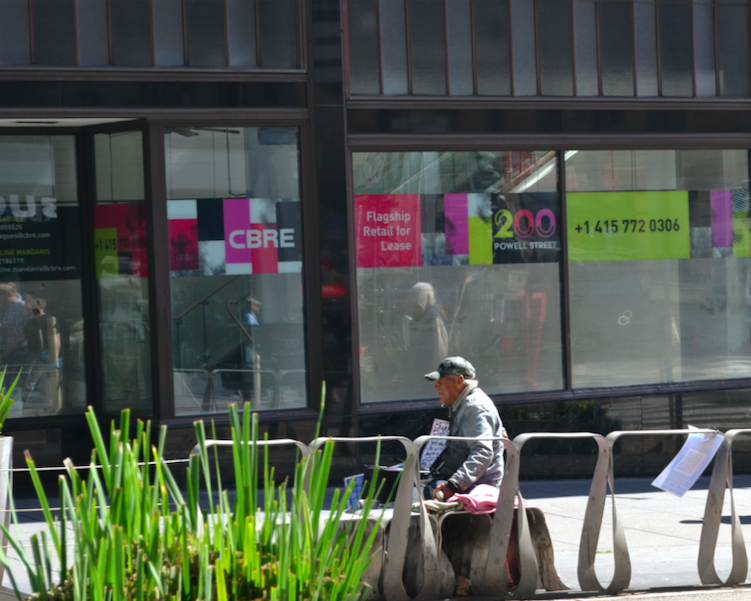


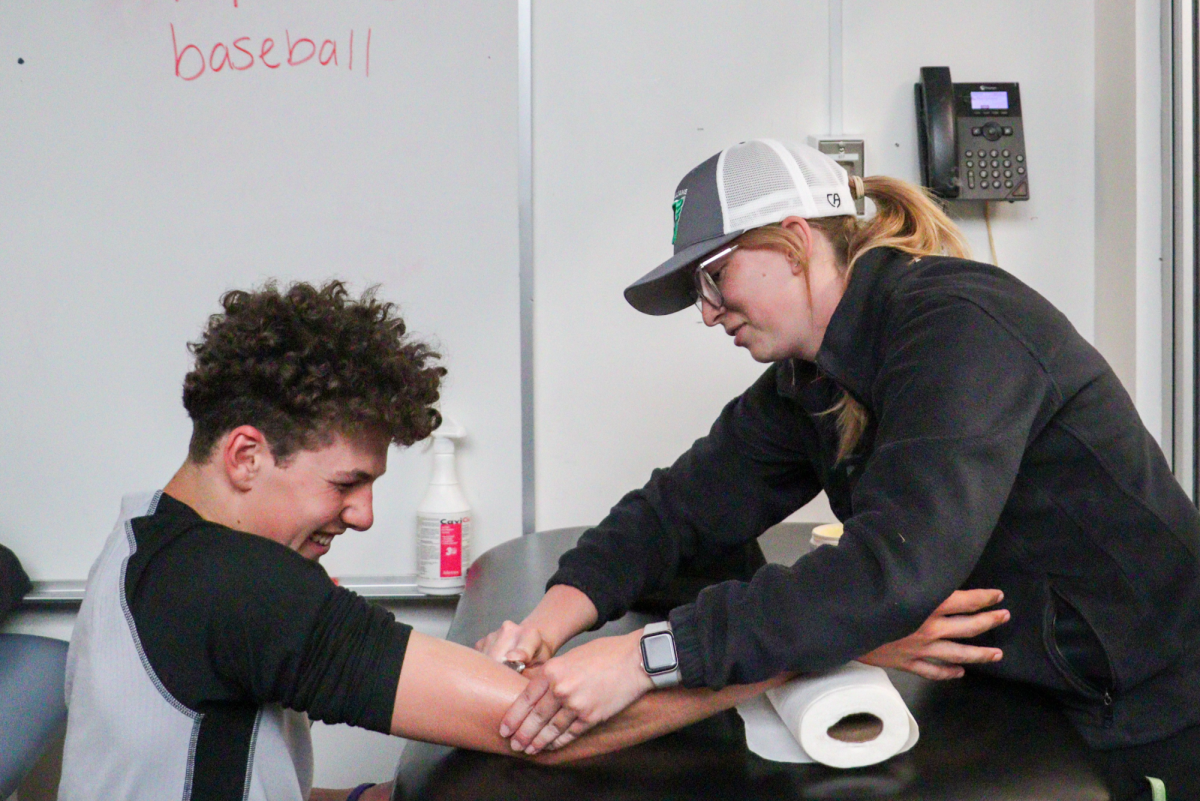










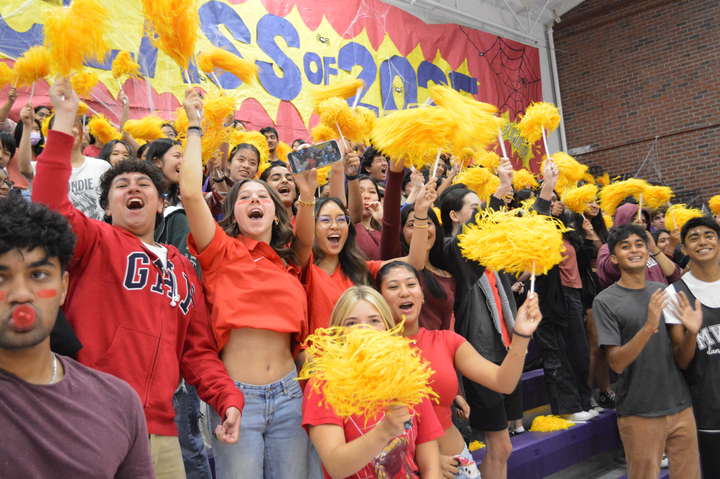
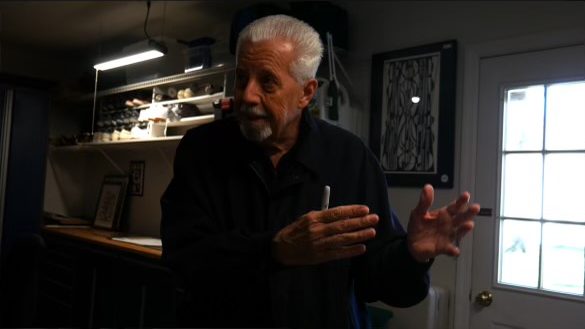
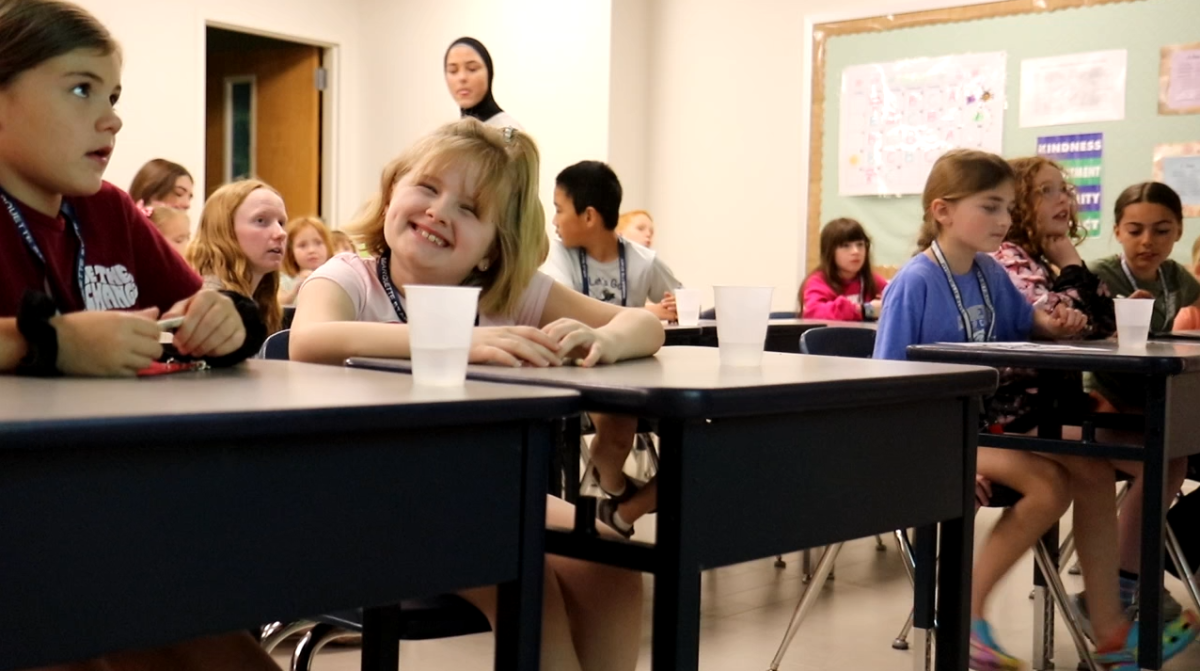








![IN THE SPOTLIGHT: Junior Zalie Mann performs “I Love to Cry at Weddings,” an ensemble piece from the fall musical Sweet Charity, to prospective students during the Fine Arts Showcase on Wednesday, Nov. 8. The showcase is a compilation of performances and demonstrations from each fine arts strand offered at McCallum. This show is put on so that prospective students can see if they are interested in joining an academy or major.
Sweet Charity originally ran the weekends of Sept. 28 and Oct. 8, but made a comeback for the Fine Arts Showcase.
“[Being at the front in the spotlight] is my favorite part of the whole dance, so I was super happy to be on stage performing and smiling at the audience,” Mann said.
Mann performed in both the musical theatre performance and dance excerpt “Ethereal,” a contemporary piece choreographed by the new dance director Terrance Carson, in the showcase. With also being a dance ambassador, Mann got to talk about what MAC dance is, her experience and answer any questions the aspiring arts majors and their parents may have.
Caption by Maya Tackett.](https://bestofsno.com/wp-content/uploads/2024/02/53321803427_47cd17fe70_o-1-1200x800.jpg)
![SPREADING THE JOY: Sophomore Chim Becker poses with sophomores Cozbi Sims and Lou Davidson while manning a table at the Hispanic Heritage treat day during lunch of Sept 28. Becker is a part of the students of color alliance, who put together the activity to raise money for their club.
“It [the stand] was really fun because McCallum has a lot of latino kids,” Becker said. “And I think it was nice that I could share the stuff that I usually just have at home with people who have never tried it before.”
Becker recognizes the importance of celebrating Hispanic heritage at Mac.
“I think its important to celebrate,” Becker said. “Because our culture is awesome and super cool, and everybody should be able to learn about other cultures of the world.”
Caption by JoJo Barnard.](https://bestofsno.com/wp-content/uploads/2024/01/53221601352_4127a81c41_o-1200x675.jpg)



